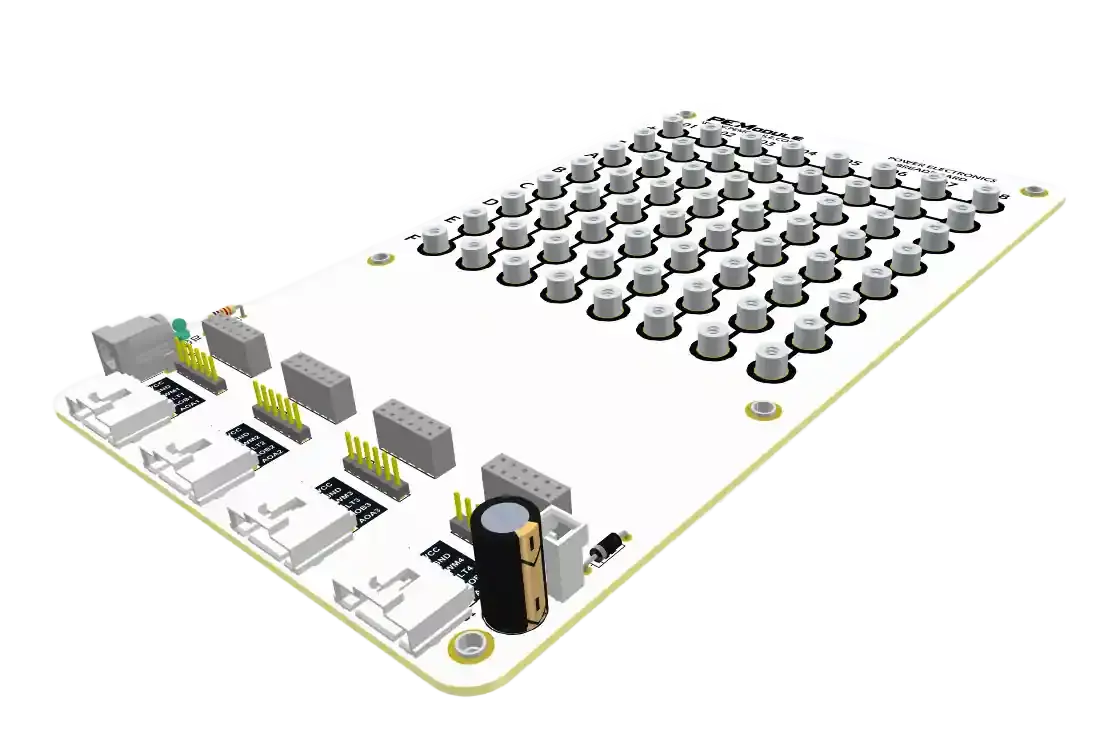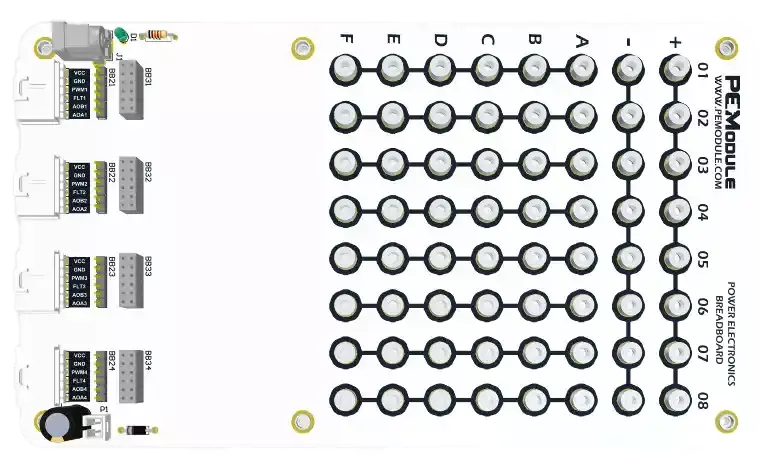If you've ever worked on a power electronics project, you know how complicated things can get. Traditional setups often involve a maze of wires, soldering irons, and a lot of patience. Enter power breadboards—these nifty tools have transformed the way engineers and researchers prototype and test their designs. With power breadboards, what used to take hours of painstaking work can now be done in just minutes. They’re like the Swiss Army knives of electronics, offering flexibility and precision that make experimenting with high-power circuits a breeze.
Power breadboards are designed specifically for handling higher voltages and currents than standard electronic breadboards. This makes them ideal for testing various types of power electronics components, from MOSFETs and IGBTs to capacitors and inductors. Imagine being able to swap out components, adjust configurations, and observe real-time performance metrics—all without the need for permanent soldering or extensive rewiring. It’s like having a sandbox where you can play with different ideas until you find the perfect solution. Whether you're designing an efficient power supply for electric vehicles or developing a cutting-edge renewable energy system, power breadboards give you the freedom to innovate quickly and confidently.
One of the standout features of power breadboards is their ability to provide rigid and accurate outputs and readings. These boards come equipped with built-in features like voltage regulation, current limiting, and thermal management, ensuring consistent performance across multiple experiments. This level of precision not only enhances the accuracy of experimental results but also fosters greater confidence in the design process. Engineers can fine-tune parameters, optimize circuit performance, and troubleshoot issues with minimal effort, leading to faster development cycles and more robust end products. In essence, power breadboards make it possible to implement virtually any application—from simple DC-DC converters to sophisticated motor drives—in just a few seconds with reliable outcomes.
PEModule takes this concept to the next level with its innovative Plugy System. This platform integrates modular power boards that offer seamless connectivity and interoperability, allowing users to build custom power distribution systems tailored to their specific needs. The Plugy System’s plug-and-play architecture simplifies the assembly process, eliminating the complexities associated with traditional power electronics setups. By providing pre-configured modules for various applications, PEmodule empowers researchers and engineers to focus on innovation rather than grappling with technical challenges. For example, someone working on optimizing energy efficiency can easily integrate specialized modules into their circuits without worrying about compatibility issues. This streamlined approach saves time, reduces errors, and accelerates the path from concept to reality.
In addition to the Plugy System, PEmodule offers a range of complementary tools that further enhance the user experience. Their software suite allows users to model and simulate their circuits before physically building them, helping to identify potential issues early in the design phase. Comprehensive documentation and tutorials provide step-by-step guidance, making it easier for both beginners and seasoned professionals to get up to speed. And let’s not forget the supportive community of experts ready to share insights and best practices. Together, these resources create an ecosystem that nurtures creativity and fosters collaboration, driving the advancement of power electronics technology.
PEModule’s commitment to quality and customer satisfaction is evident in every aspect of its offerings. From the durable construction of its power boards to the intuitive design of its user interfaces, PEmodule prioritizes usability and reliability. The company’s dedication to continuous improvement ensures that its products remain at the forefront of technological advancements, meeting the evolving demands of the power electronics industry. As a result, professionals around the world rely on PEmodule solutions to tackle some of the most pressing challenges in their fields, from optimizing energy efficiency to enhancing system resilience.
In conclusion, power breadboards have revolutionized the landscape of power electronics research and development. They offer unparalleled flexibility and precision, enabling engineers and researchers to prototype and test their designs with unprecedented ease and efficiency. Through its groundbreaking Plugy System and other pioneering solutions, PEmodule has set a new standard for simplicity, accuracy, and versatility in power electronics research and development. By leveraging these tools, engineers and researchers can confidently explore new frontiers, push the boundaries of what is possible, and ultimately contribute to a brighter, more sustainable future powered by cutting-edge technologies.









